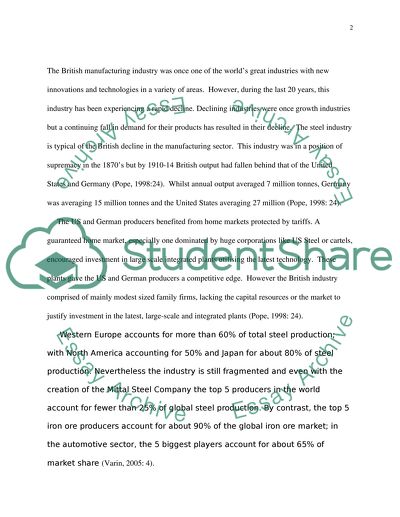Cite this document
(Strategic Marketing Planning Report Example | Topics and Well Written Essays - 2500 words, n.d.)
Strategic Marketing Planning Report Example | Topics and Well Written Essays - 2500 words. https://studentshare.org/marketing/1516289-strategic-marketing-planning
Strategic Marketing Planning Report Example | Topics and Well Written Essays - 2500 words. https://studentshare.org/marketing/1516289-strategic-marketing-planning
(Strategic Marketing Planning Report Example | Topics and Well Written Essays - 2500 Words)
Strategic Marketing Planning Report Example | Topics and Well Written Essays - 2500 Words. https://studentshare.org/marketing/1516289-strategic-marketing-planning.
Strategic Marketing Planning Report Example | Topics and Well Written Essays - 2500 Words. https://studentshare.org/marketing/1516289-strategic-marketing-planning.
“Strategic Marketing Planning Report Example | Topics and Well Written Essays - 2500 Words”. https://studentshare.org/marketing/1516289-strategic-marketing-planning.


